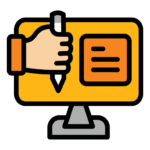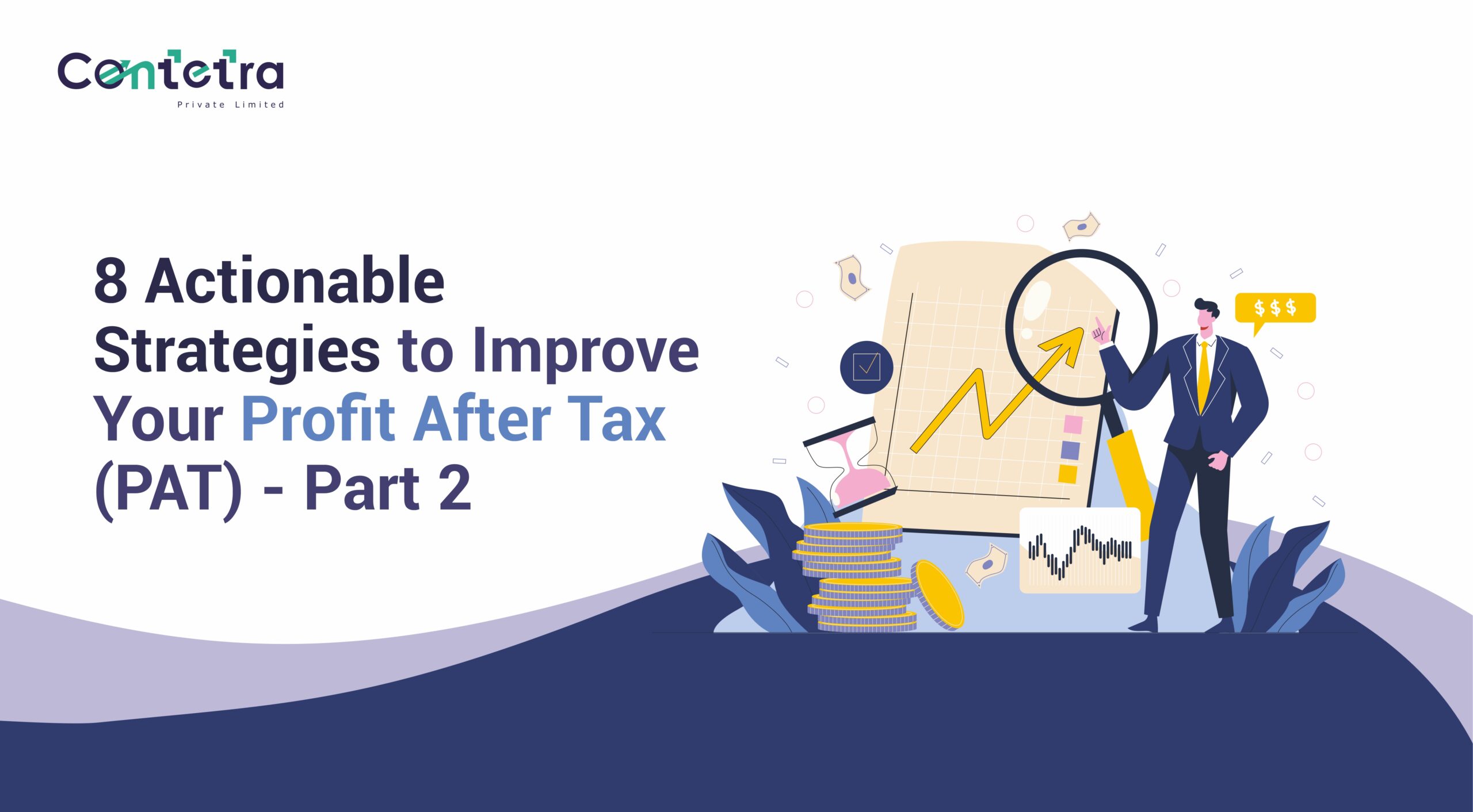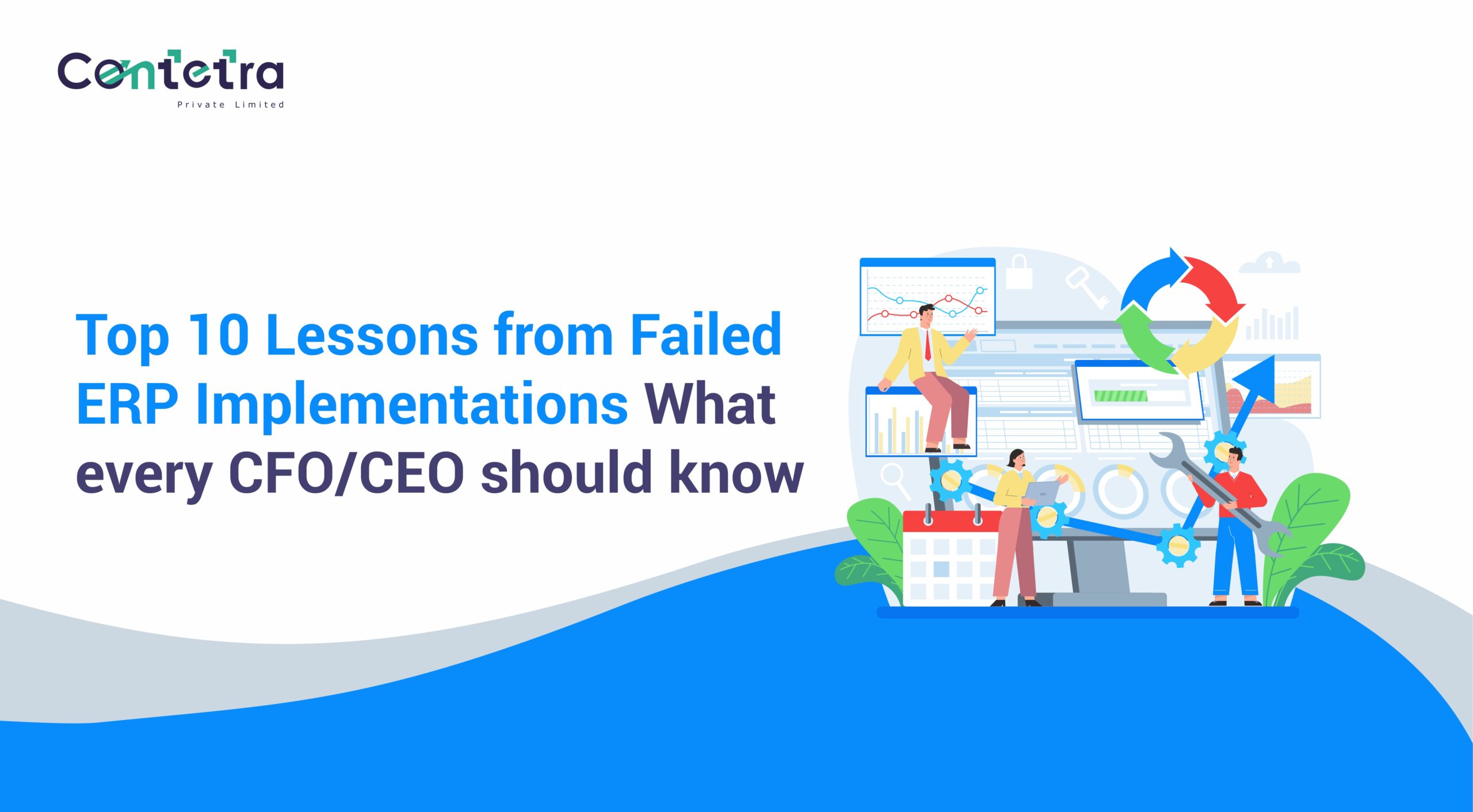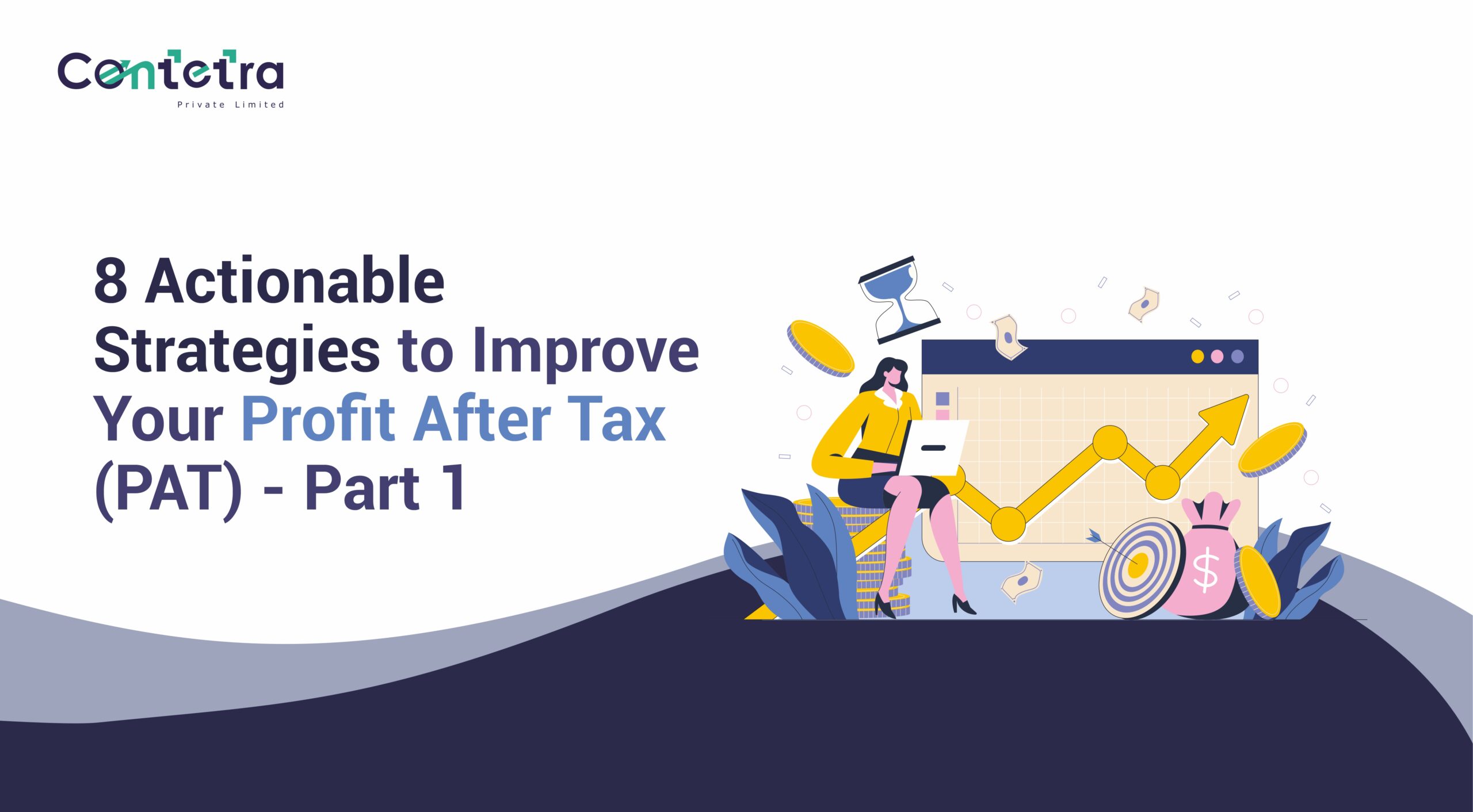Part 2: Operational Excellence, Technology, and Execution
In Part 1 of this series, we explored how value-based pricing, sales funnel optimization, tax planning, and accounting discipline can directly impact your Profit After Tax (PAT). If you haven’t read it yet, check it out first – it lays the strategic foundation.
In this second part, we move from strategy to execution.
These final four actionable tactics focus on systems, processes, and decision-making discipline. When implemented right, they transform everyday operations into lasting profit drivers.
5. Leverage Technology and ERP Systems
If your departments are working in silos, spreadsheets are your default tool, and reporting takes days not hours it’s time to modernize.
Technology isn’t a luxury. It’s the engine behind profit-centered decision-making.
Why ERP Isn’t Optional Anymore
Enterprise Resource Planning (ERP) systems bring structure, speed, and scalability. Whether you’re a startup scaling operations or an established company trying to cut through inefficiencies, ERP systems offer:
- Real-time visibility into sales, expenses, inventory, and receivables
- Integrated modules for finance, HR, CRM, procurement, and manufacturing
- Error reduction through automation and approval workflows
- Audit-readiness and GST compliance with one-click reports
- Data-driven decisions through instant dashboards and performance KPIs
Businesses that implement even a basic ERP report up to 30% reduction in financial reporting errors and 25-40% time savings across admin functions.
For smaller businesses, platforms like Zoho Books, QuickBooks, Tally Prime, and Marg ERP provide excellent value at low entry costs. Working with an ERP functional consultant ensures your ERP setup is tailored to your operations and finance goals.
Bonus Tip: Start with Core Finance Automation
Before investing in full-scale ERP, automate core functions like:
- Invoice generation and tracking
- Bank reconciliation
- Payroll processing
- GST and TDS compliance
Even incremental automation in these areas will immediately free up bandwidth and boost accuracy feeding directly into PAT.
An experienced ERP selection consultant can help evaluate the right platform based on your business scale, industry, and integration needs.
6. Make Inventory a Profit Center, Not a Liability
Inventory is often the biggest cash absorber in a business. Poorly managed inventory increases holding costs, leads to stock obsolescence, and strains liquidity. But with the right practices, inventory can become a working capital advantage.
Key Tactics to Optimize Inventory
- Use Just-in-Time (JIT) procurement: Only stock what’s needed based on demand forecasts
- Track Inventory Turnover Ratio: The faster you move stock, the less capital gets stuck
- Forecast with precision: Use sales history, seasonality, and AI tools to anticipate demand
- Deploy ABC Analysis: Prioritize inventory based on value and volume to manage focus
A 10% reduction in overstocking can free up lakhs in working capital annually.
The Result
- Fewer stockouts
- Reduced waste and spoilage
- Better purchasing decisions
- Stronger vendor negotiation power
Well-managed inventory reduces carrying costs and boosts cash availability directly impacting profitability. In many cases, an ERP functional consultant plays a critical role in mapping your inventory workflows into the ERP system for better planning and tracking.
7. Cut Costs Without Cutting Corners
Cutting costs doesn’t mean cutting quality. It means finding non-essential expenses and redirecting those funds to revenue-generating activities.
Areas to Start Cutting (Smartly):
- Outsource Non-Core Functions: Move HR, IT, payroll, or legal to expert partners at a fraction of the cost
- Renegotiate Contracts: Long-term vendor relationships often offer hidden savings review at least once a year
- Kill Hidden Costs: Unused software subscriptions, inflated travel bills, under-utilized assets
- Streamline Approval Workflows: Reduce delays and leakages in expense processing
Companies that actively monitor vendor contracts save up to 10-12% on procurement costs annually.
The Lean Thinking Mindset
Lean isn’t about austerity. It’s about clarity. Ask:
- Is this cost helping me generate more revenue?
- Can this process be done faster or cheaper without losing quality?
- Is there a tech-based alternative to this manual task?
By treating every rupee as an investment, you drive your PAT forward even when top-line growth is stagnant.
8. Execute Relentlessly and Track Consistently
Knowing what to do is just 10% of the job. Doing it, tracking it, and refining it is the other 90%.
Consistency in execution is where high-performing companies outpace their competition.
The Execution Checklist:
- Weekly and monthly financial reviews with actionable KPIs
- Ownership mapping every strategy or line item should have a name next to it
- Regular internal audits to avoid leakage in processes
- Quarterly strategy check-ins what’s working, what’s not, what’s next
- Celebrate small wins whether it’s 1% PAT improvement or a clean tax audit
According to Harvard Business Review, companies with structured execution tracking are 60% more likely to hit profitability goals.
Align Every Team with Profitability
Your PAT isn’t just the CFO’s concern. Every department should:
- Know how their actions affect profitability
- Align KPIs with business objectives
- Have data visibility to course-correct
When teams understand how their daily work translates into PAT, motivation and ownership improve across the board.
If you’re unsure how to implement this structure, engaging an ERP selection consultant can help align team metrics within your business systems to ensure every action drives profit.
Final Word: Profitability Is a Team Sport
Over these two blogs, we’ve outlined eight high-impact strategies to boost your Profit After Tax. Let’s quickly recap:
Part 1:
- Adopt value-based pricing
- Build a conversion-friendly sales funnel
- Plan tax proactively
- Set up solid accounting practices
Part 2:
- Use ERP to unlock efficiency
- Turn inventory into a profit lever
- Cut wasteful spending with clarity
- Track and execute without fail
Each of these strategies may look small on paper. But applied consistently, they compound your margins and unlock your business’s full potential.
If you want your next quarter to outperform your last, don’t wait to overhaul everything. Start with just one of these strategies. Do it well. Track it. Then move to the next.
Because growing profit isn’t about making radical moves it’s about making the right ones, one at a time.
At Contetra, our ERP selection consultants don’t just design strategies we partner with teams to embed them into everyday workflows. That’s how our clients go from firefighting to forward-planning.
Let’s simplify your path to higher profitability one smart action at a time.














